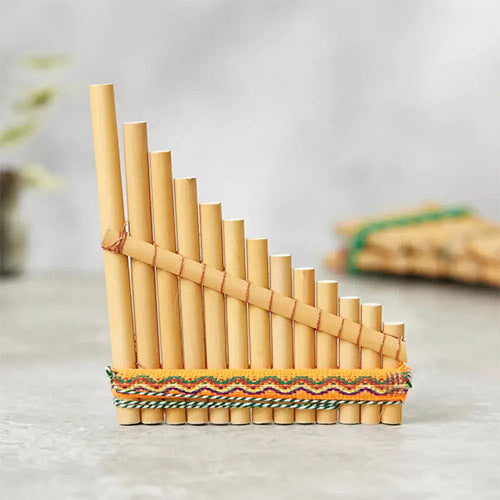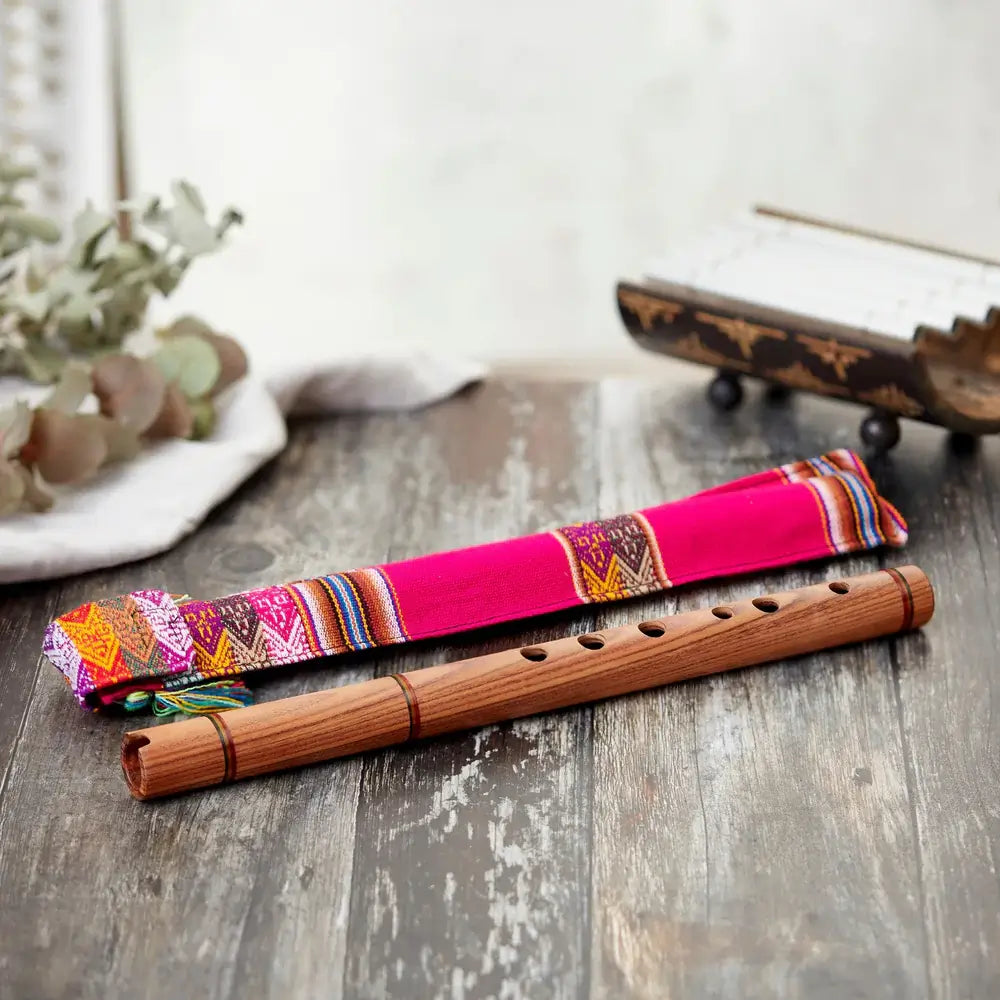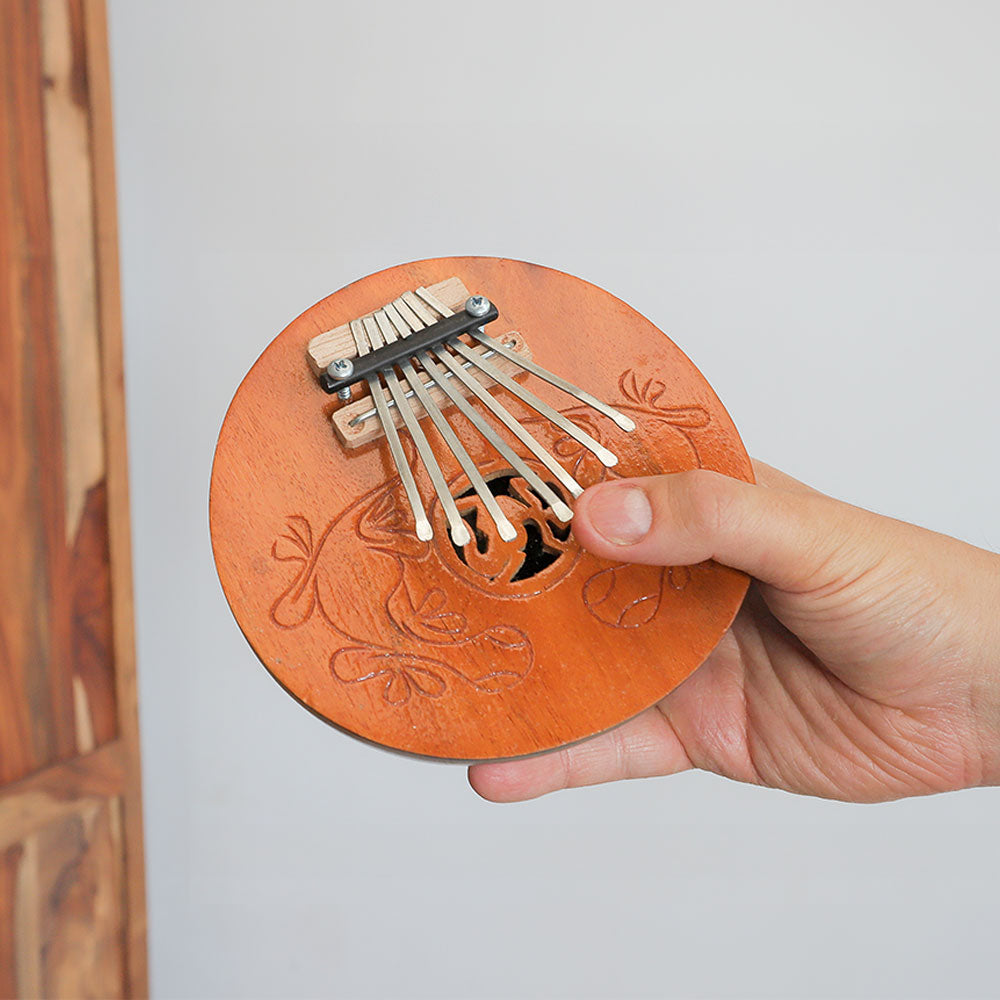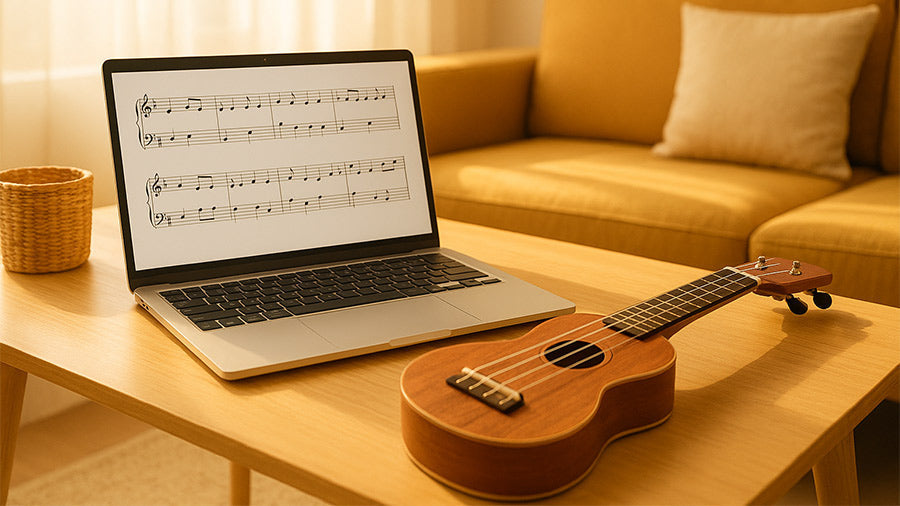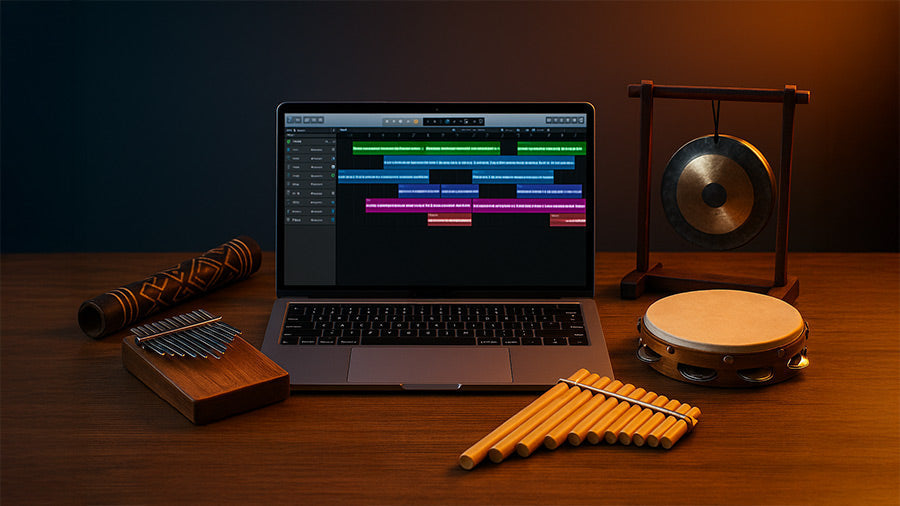Mexico has a vast musical history, which includes influence from Africa, Spain, and Indigenous culture. Latin music features many Mexican instruments such as the son jarocho, huapango, and the mariachi. Each instrument produces a unique sound and has regional connnection with areas across Mexico. Here are 10 conventional instruments that carry the weight of Mexican folk and regional music's rich heritage.
1. Vihuela

The vihuela is a central instrument in mariachi music, known for its small size, five strings, and deep, rounded back. It's primarily used for rhythmic strumming, adding energy and drive through its syncopated patterns. The vihuela is used in a variety of performances and produces a sharp sound that fits in with high-energy productions.
2. Guitarrón
The guitarrón provides the deep, resonant foundation of mariachi music. Its large body and six thick strings produce strong bass notes supporting the ensemble's rhythm and harmony. Players use fast, alternating plucks to create a steady pulse, giving the mariachi its characteristic drive. Despite being unamplified, the guitarrón's rich sound carries well, even in outdoor performances.
3. Marimba

With African roots and further development in Central America, the marimba became integral to southern Mexican music, especially in Chiapas. It's a wooden percussion instrument played with mallets. The keys are laid out like a piano, and the sound is warm and melodic. Marimbas are used in folk and classical music and often appear in festive community settings.
4. Jarana Jarocha
The jarana is a small guitar-like instrument from Veracruz, typically used in son jarocho music. It usually has five to eight nylon strings and is strummed with rhythmic patterns that support singing and dancing. It's played alongside instruments like the requinto and harp, forming the core of traditional coastal music.
5. Huapanguera

Also known as guitarra quinta huapanguera, this large-bodied guitar is used in son huasteco music. It typically has eight strings in five courses and supports harmonic and bass. It's commonly played in trios with the violin and jarana huasteca. The huapanguera's deep, resonant tones complement the fast-paced melodies of huasteco singing.
6. Requinto Jarocho
Smaller than the jarana, the requinto jarocho has four or five strings and is played with a pick. It's used for melodic lines and improvisation in son jarocho music. The requinto jarocho is a great instrument for solo performances due to its high tone and contrasting sound.
7. Teponaztli

An ancient percussion instrument from pre-Columbian Mexico, the teponaztli is a hollow wooden slit drum. It's played with mallets and produces two distinct tones due to the carved slits on top. This instrument features in many ceremonial settings, and is used frequently by Indigenous groups to stay connected with Mexico's strong musical heritage.
8. Tlapitzalli
The tlapitzalli is a traditional Aztec flute made from clay, wood, or bone. It often features a bird or animal motif and produces a soft, melodic sound. These flutes were historically used in ceremonies, and replicas are still played today in Indigenous communities and educational settings to preserve pre-Hispanic music traditions.
9. Mexican Harp (Arpa Jarocha)
The Mexican harp, particularly the arpa jarocha from Veracruz, is larger than its European counterpart and is played while standing. This harp is played in a different way to other types, and is strummed or plucked in intricate patterns. By playing the harp in this way, it produces a delicate sound that works well in traditional music.
10. Tamborita
In folk music, the tamborita is often played to complement this genre and is widely used in northern and western areas of Mexico. It is often paired with flutes or brass and provides rhythmic accents in parades and rural festivities. The drum is played with sticks and has a crisp, sharp sound that cuts through large ensembles.
The Role of Instruments in Regional Mexican Music
Each region in Mexico maintains its unique musical traditions centred around these instruments and their associated styles. Mariachi, often associated with Jalisco, typically features violins, trumpets, vihuela, and guitarrón. Son jarocho from Veracruz uses jarana, requinto, harp, and sometimes marimbas. In Huasteca music, the trio of violin, jarana huasteca, and huapanguera is standard. These styles are preserved in rural areas and brought into modern settings—on national stages, educational programs, and international collaborations—keeping traditional music alive and relevant.
Click here to explore our collection of musical instruments.


